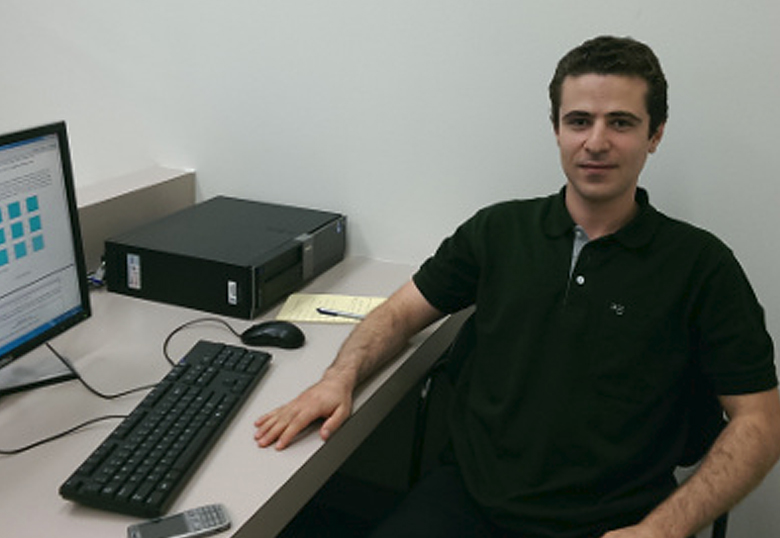University of Lethbridge researchers examining memory processing in the brain have shed light on the mechanisms involved in this complex process — one of the first stages in understanding the basis of memory disorders. This significant work was recently published in the journal eLife and is part of the continuing contributions of the Canadian Centre for Behavioural Neuroscience (CCBN) in the field of learning and memory.
Memories are formed through interactions between different areas of the brain, with the hippocampus and the neocortex among the most important structures for memory processing. After a memory is formed, the interactions between these two structures during sleep influence how that memory will be incorporated into the bulk of previously stored memories without interfering with them. During this incorporation process, called memory consolidation, some memories lose their details, some become persistent and some are forgotten.
“Understanding such mechanisms are among the initial steps we need to take to unravel the roots of memory disorders like dementia,” says Javad Karimi Abadchi, a doctoral student in Dr. Majid Mohajerani’s lab. “Moreover, our findings could help devise diagnostic tools for screening potential candidates for developing memory disorders.”

The hippocampus and the neocortex form a network of interconnected units that process memories. Karimi and Mohajerani examined communications inside this network during sleep, focusing on events called sharp-wave ripples, which are quick bursts of activity in neurons. They wanted to look at the communications over a large part of the hippocampal-neocortical network to obtain a more comprehensive picture of the potential mechanisms involved in memory consolidation.
“Our results reveal a neocortical hotspot — the retrosplenial cortex. This neocortical area potentially mediates memory consolidation by bridging the information flow between the hippocampus and the rest of the neocortex,” says Karimi. “We also found that sometimes the neocortex was activated before the hippocampus and sometimes after the hippocampus.”
This finding is contrary to a prevalent model of memory consolidation in which the neocortex always follows the hippocampus.
“We speculate that this variability in the timing of activation between the two structures could be a reflection of processing old versus new memories. For old memories, the neocortex leads, and for new memories, the hippocampus leads,” says Karimi.
Using a mouse model, the researchers recorded activity in the hippocampus and several regions of the neocortex when mice were asleep. They then studied the relationship between all the recorded signals and the sharp-wave ripples.
By shedding light on the dynamics of hippocampal-neocortical interactions around sharp-wave ripples, these findings provide a more complete picture of what may happen inside the brain when memories are being consolidated during sleep.
